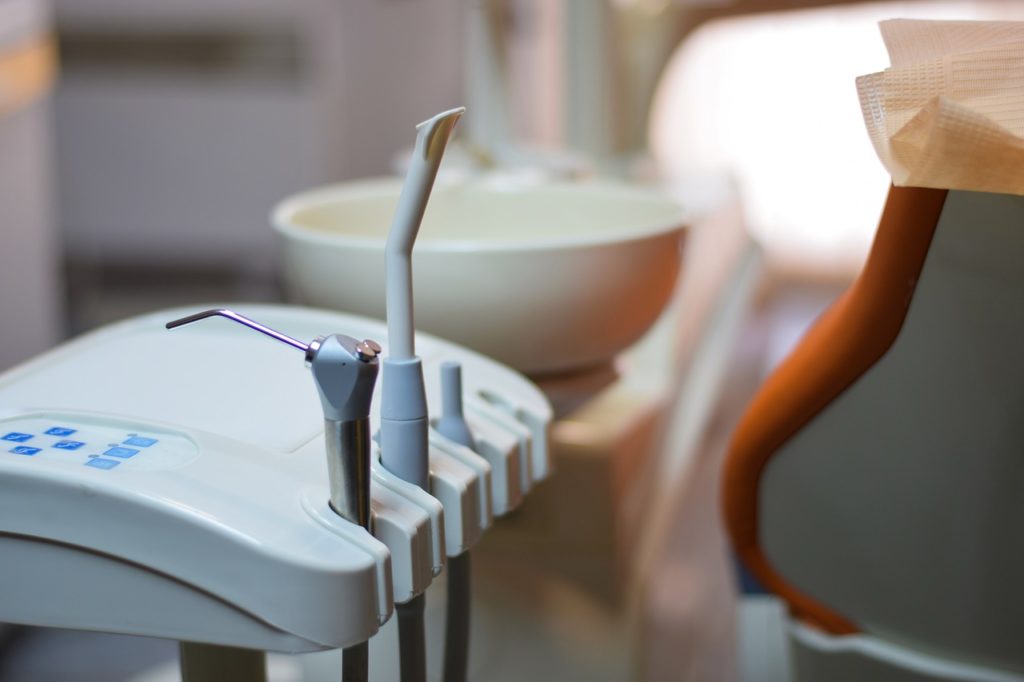Easy Ways to Clean and Disinfect Dental Facilities

While healthcare facilities and professionals — including dentists, orthodontists and oral surgeons — have long understood the importance of keeping their facilities clean, nationwide awareness and current events have shown a spotlight on this important facility management issue. Now more than ever, it’s important for dental care professionals to focus on keeping their facilities clean and ensuring their patients are safe from harmful viruses and infections. While it’s impossible to completely eliminate all risks, dental professionals can mitigate many of them by following proper cleaning best practices.
Use Available Resources
Look to the Centers for Disease Control (CDC) when it comes to preventing communicable diseases from spreading in your facility. The Occupational Safety and Health Administration (OSHA) is also a great resource. OSHA has specific guidelines that dental professionals should follow when it comes to caring for their facilities. These include:
- Bloodborne Pathogen Standards
- Hazard Communication
- Ionizing Radiation
- Reporting Occupational Illnesses
See more OSHA information on medical and dental offices here.
Invest in the Right Equipment
There are two sets of things all dental professionals should invest in that can make cleaning much easier in their facility:
- Comprehensive set of cleaning tools and supplies
- Equipment that is easy to clean
The first is fairly obvious and straightforward. Every facility should have a comprehensive set of sanitation equipment, medical-grade detergents and disinfectant solutions, and anything else they need to keep their facility clean.
The second is not so obvious. Not all equipment, including treatment tools and dental chairs, is easy to clean. When investing in equipment for your facility, look for the following qualities:
- Nonporous surfaces like glass and porcelain: this helps prevent bacteria from cultivating on surfaces. Avoid materials like wood, ceramic and certain types of porous stones like marble, etc.
- Medical grade materials: those that are specifically made for medical use and comply with global regulatory requirements.
- Durability: while it’s not necessary for cleaning, higher quality items will be able to withstand more frequent cleaning and will need to be replaced less often.
When it comes to your dental chair, one of the most important and expensive items in your office, consider investing in dental chair accessories like headrests and chair pads. These products are easy to remove, clean and disinfect, and replace when necessary. They act as a safe, durable and easy to clean covering for your dental chairs that also make for a more comfortable place for patients to rest during treatment.
Learn more about available dental chair accessories here.
Employee Training and Plans
Continuing education is a large part of dental practices, but it shouldn’t only just be reserved for dentists and hygienists. All employees in a dental facility should receive frequent training and education in new cleaning techniques, disinfecting strategies and other best practices created by regulatory bodies and backed by evidence-based practices.
Take the time at least once or twice a year to review your cleaning and disinfecting policies with your team, make necessary changes and update everyone on how they can be making your office a cleaner, safer place.